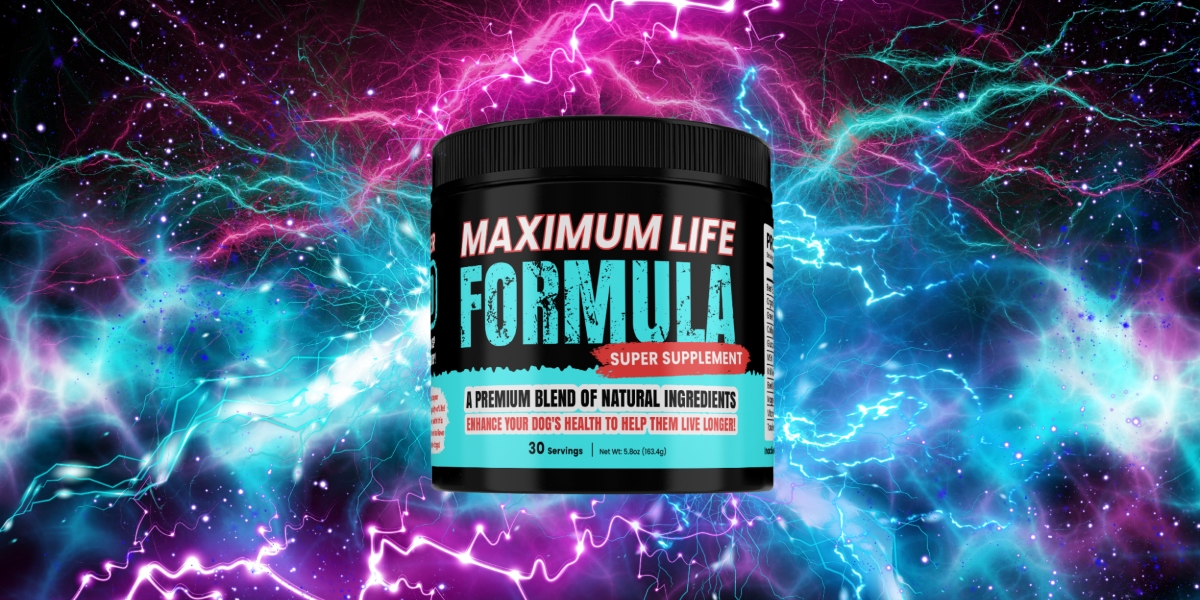Born between the years of 1995 and 2010, Generation Z numbers more than 2 billion people worldwide. 90% of Gen Z live in emerging markets; 20% of them live in India alone. By 2031, the collective income of Gen Z will surpass that of Millennials. With over $2 trillion in global earnings, this generation will possess over a quarter of the global income.
At home in the US, Gen Z is also known as “the diversity generation,” and for good reason. 48% of Gen Z is non-white, a higher percentage than any previous generation in America. 20% identify as a member of the LGBTQ+ community, twice as many as other generations. Moreover, Gen Z are on track to be the most well educated generation in America’s history. 57% of recent high school grads enroll in postsecondary education, but only 44% grew up with a college-educated parent. 40% of the US consumer base belongs to Generation Z.
Given their size and spending power, brands in all markets are looking for ways to market to the new generation. Some have been successful, but most are struggling. Only 36% of Gen Z consumers say they have brand loyalty in any area of their life. Instead of making shopping decisions based on company name, Gen Z buys based on perceived values the company holds. Being as diverse as they are, Gen Z consumers want to see brands that value inclusivity. A majority of those surveyed want brands to include more diverse casting and imagery. More importantly, 53% also want to see diversity in senior leadership positions. Companies need to practice what they preach if they want to attract customers. Some popular inclusivity initiatives for clothing brands include allowing one to search for gender neutral clothing and providing non-binary gender options on forms.
Another value Gen Z holds dear is sustainability. This generation has grown up hearing about the fragility of the planet and are always looking for ways to lessen the severity of climate change. Nearly 2 in 3 Gen Z consumers research product origins before making a purchase, and around 3 in 4 would pay more for a product they knew to be sustainable. Sustainability can include the incorporation of recycled material in products, renewable energy commitments, and biodegradable packaging.
Now companies have an idea on what messaging to include in their marketing. How do they make sure their message reaches its intended audience? When it comes to Gen Z, mobile-first marketing is a company’s best bet. In the United States, teenagers are online “almost constantly,” spending 10 hours or more on their mobile device. Nearly half get most of their information from social media, compared to 17% of older adults. For Gen Z, the platforms of choice are TikTok, Instagram, YouTube, and Snapchat. 20% of Gen Z confess they spend over 5 hours a day on TikTok, making it a newer, more potent form of television. Like prior generations, Gen Z buys from brands that speak to them. Make your brand relatable.










